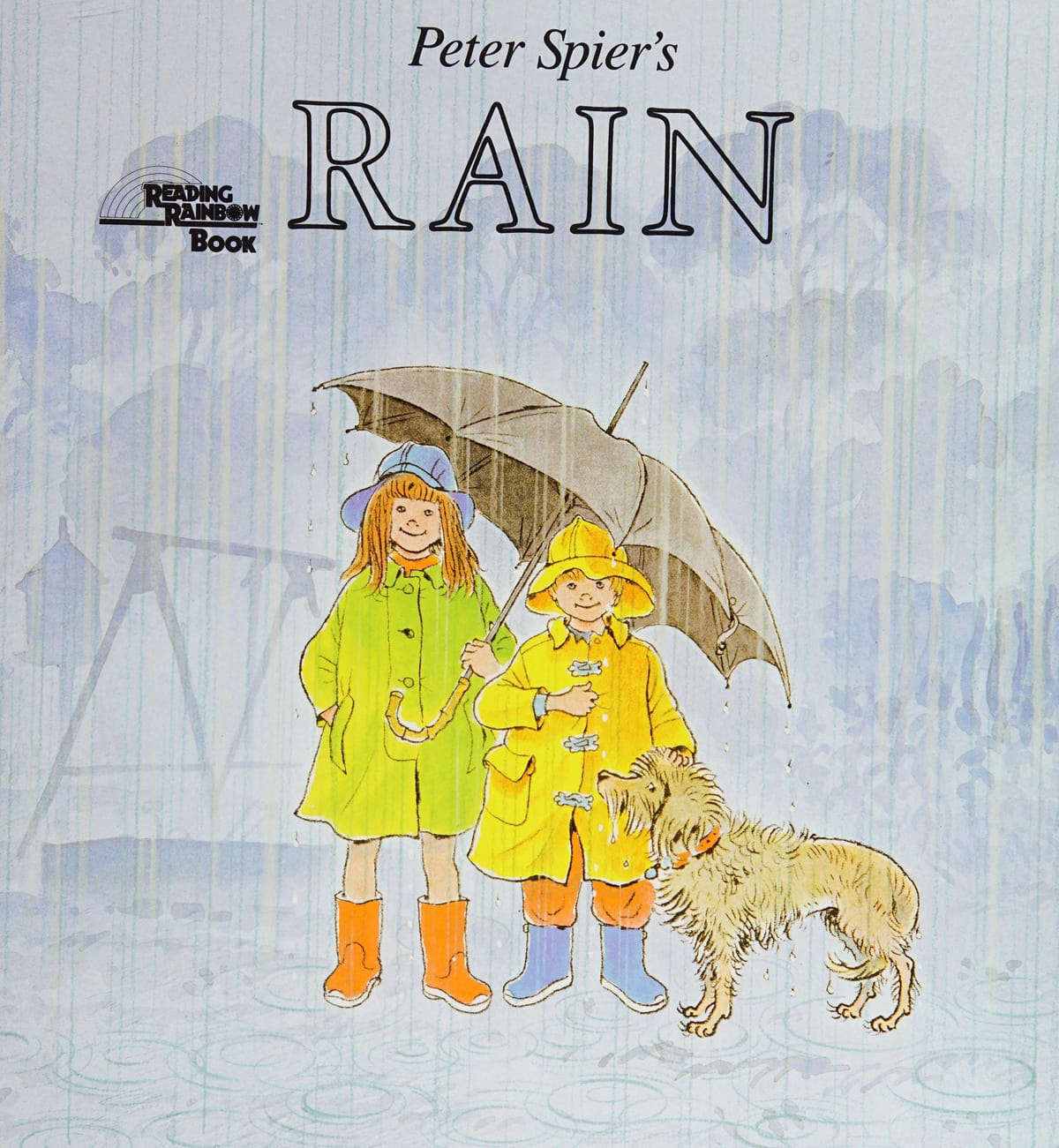The Science and Serenity of Rain: Why We Love a Stormy Sky
Explore the science, benefits, and cultural impact of rain in this 800-word guide, complete with practical tips to enjoy the next storm responsibly.

Introduction: The Timeless Allure of Rain
Few natural phenomena stir as many emotions as rain. The gentle patter on a rooftop can lull us to sleep, while a sudden downpour can energize a city street with shimmering reflections. From poets penning verses about melancholy afternoons to farmers praying for life-sustaining showers, rainfall has woven itself into every culture and ecosystem on Earth. This article explores the science, benefits, and cultural impact of rain, offering practical tips so you can embrace the next storm with knowledge and appreciation.
The Science Behind Raindrops
Formation in the Clouds
Rain begins its journey high above us, where water vapor rises and cools within the atmosphere. When the vapor reaches its dew point, it condenses onto microscopic particles such as dust, sea salt, or pollen, forming tiny cloud droplets. As millions of these droplets collide and merge through a process called coalescence, they grow heavy enough to fall. The study of cloud microphysics has revealed that the average raindrop requires billions of molecules of water to reach just two millimeters in diameter.
The Journey to Earth
Once a droplet gains sufficient mass, gravity pulls it earthward. During its descent, a raindrop encounters varying air pressures and temperatures, shaping its familiar teardrop form. Contrary to popular illustrations, raindrops are not perfectly round. Surface tension flattens the bottom while air resistance stretches the top, creating a shape resembling a hamburger bun. Terminal velocity depends on size; a small raindrop drifts down at roughly two meters per second, whereas a large, five-millimeter drop may reach nine meters per second before disintegrating into smaller droplets.
Ecological Importance of Rain
Replenishing Freshwater Supplies
Rainfall is the principal mechanism by which freshwater returns to land, feeding rivers, lakes, and underground aquifers. In many regions, seasonal monsoons recharge reservoirs that sustain millions of people through dry months. Without consistent precipitation, agriculture falters, hydroelectric power dwindles, and drinking-water shortages escalate. Balanced rainfall patterns are thus crucial for food security and urban planning alike.
Supporting Biodiversity
Every ecosystem, from tropical rainforests to temperate grasslands, depends on precipitation to maintain its unique web of life. In the Amazon, frequent showers create humid microclimates where orchids, frogs, and insects thrive. Conversely, savannas rely on intermittent rainfall to spur bursts of plant growth that feed migrating herds. Even deserts, often labeled arid wastelands, experience rare but transformative rains that awaken dormant seeds and trigger spectacular blooms of color. By delivering essential moisture, rain sustains biodiversity on a planetary scale.
Cultural and Emotional Impact
Inspiration in Art and Literature
Across centuries, rain has captured the imagination of artists, writers, and musicians. Impressionist painter Claude Monet immortalized rain-soaked cityscapes, while Japanese haiku poets distilled the sound of drizzle into three delicate lines. In modern cinema, a climactic storm often signals catharsis or renewal, from Singin’ in the Rain to Blade Runner. These creative works highlight how precipitation symbolizes cleansing, introspection, and change.
Mental Health Benefits
Beyond symbolism, rain can offer tangible psychological relief. The consistent, low-frequency sounds of rainfall are classified as pink noise, which studies suggest improves sleep quality by masking disruptive sounds. Petrichor—the earthy aroma released when raindrops hit dry soil—triggers calming responses in many people, possibly due to associative memories of renewal. For others, rain provides a visual cue to slow down, encouraging mindful activities like reading or meditation. However, it is important to note that extended gloomy weather can exacerbate seasonal affective disorder in susceptible individuals, underscoring the need for balance and sunlight exposure.
Practical Tips to Enjoy Rain Responsibly
Sustainable Rainwater Harvesting
Catching and storing roof runoff in barrels is an easy way to water gardens without tapping municipal supplies. Ensure barrels are covered with fine screens to prevent mosquito breeding, and use the collected water within a week to keep it fresh. In arid regions, larger cistern systems combined with first-flush diverters can provide significant household water savings, reducing utility bills while easing pressure on local aquifers.
Safe Outdoor Activities
Hiking during a light shower can be exhilarating, but safety comes first. Wear breathable waterproof layers to avoid overheating, and choose shoes with strong traction to navigate slippery roots. Keep an eye on weather radar to avoid flash floods in narrow canyons or low-lying urban areas. Lightning poses the greatest risk; if thunder is audible within 30 seconds of a flash, seek shelter immediately.
Conclusion: Embracing the Next Rainfall
Rain is more than just water falling from the sky; it is a complex interplay of atmospheric science, ecological necessity, and human culture. Understanding how raindrops form, why they matter to ecosystems, and the ways they influence our emotions can transform a seemingly mundane forecast into an invitation for wonder. So the next time clouds darken and the first drops spatter against your window, take a moment to listen, breathe, and appreciate the life-giving rhythm of rain.



